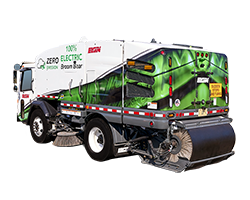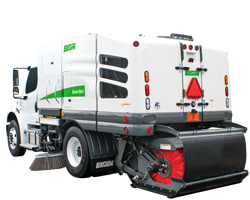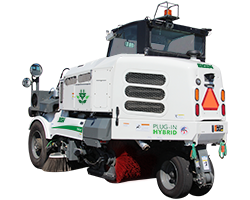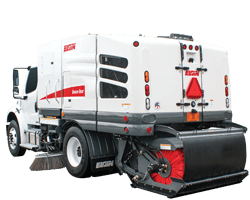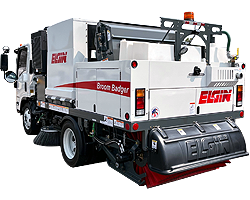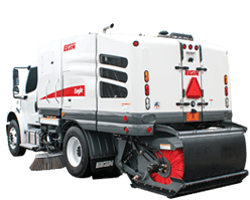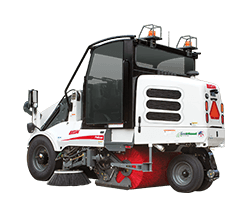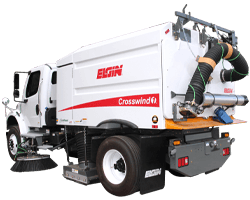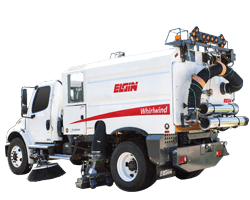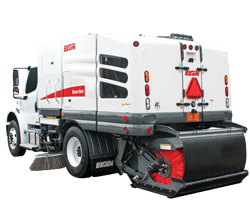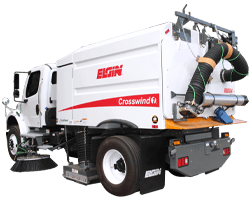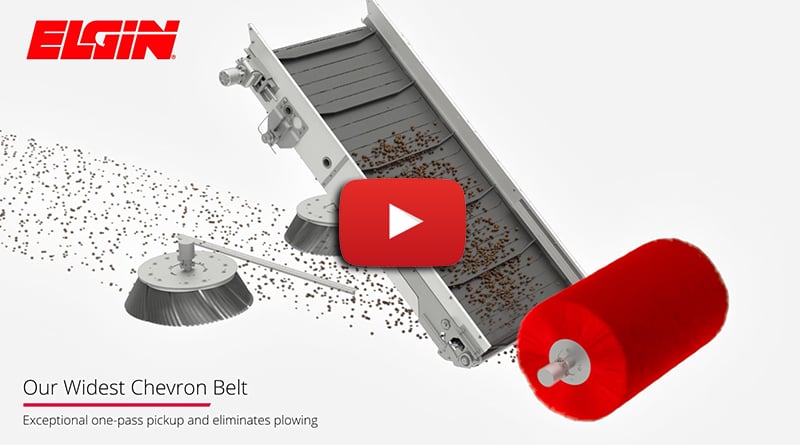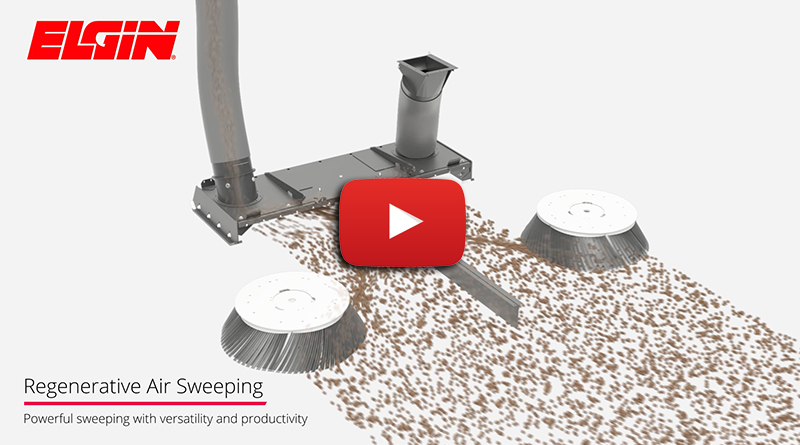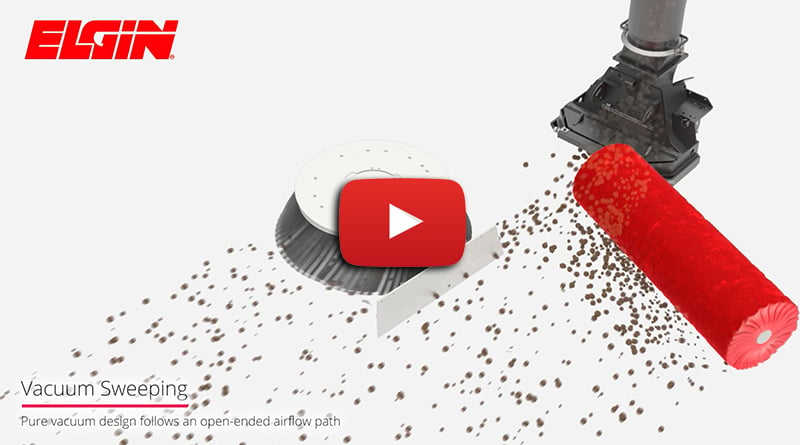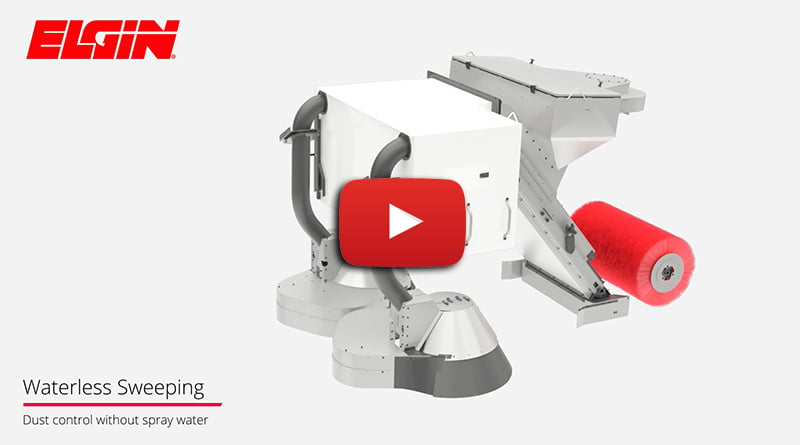Understanding Sweeper Technologies
Mechanical Broom
Engineered to tackle tough jobs, our mechanical sweepers excel at clearing heavy debris, leaves, and construction site materials—making them the preferred choice for municipalities and contractors who demand durability and dependable performance in every sweep.
Models: Pelican, Broom Bear, Road Wizard, Eagle
Regenerative Air
Ideal for achieving fine particulate removal and meeting stringent stormwater compliance requirements. Our regenerative air technology delivers powerful, high-velocity cleaning performance—capturing even the smallest debris—while significantly reducing water consumption, supporting sustainable and efficient operations.
Models: Crosswind1, RegenX1
Pure Vaccum
Built for superior suction performance, our Pure Vacuum solutions deliver deep, thorough cleaning of porous pavement and effectively capture even the finest dust particles. Built with precision and advanced technology, these systems maximize efficiency while ensuring cleaner, safer environments for a wide range of applications.
Models: Whirlwind Whirlwind1
Hybrid & Electric
Experience advanced sweeping solutions engineered for today and tomorrow. Our hybrid and electric models deliver exceptional cleaning power, significantly lower noise levels, and reduced environmental impact—ensuring optimal performance and productivity with every use, without sacrificing power or runtime. Lead the way in sustainable operations and set new standards for your fleet.
Models: Electric Broom Bear, Hybrid Pelican
APPLICATIONS AND BEST SWEEPERS
| Application | Priority Features | Recommended Elgin Models |
| Municipal Routes | Maneuverability, Visibility, Dust Control | Pelican, Broom Badger, RegenX |
| Construction Cleanup | Heavy debris handling, uptime, dump versatility | Broom Bear, Road Wizard, Eagle, Pelican |
| Industrial & Ports | Durability, fines & bulk debris removal | Crosswind, Whirlwind, Waterless Pelican |
| Airports | Fine Debris, wide path, travel speed | Crosswind, RegenX |
| Porous Pavement | Fine particulate pickup, dust suppression | RegenX1, Whirlwind |
Get Expert Guidance on Choosing Your Next Sweeper


SELECT A SWEEPER
-
ALL ELECTRIC
Sweepers -
PLUG-IN ELECTRIC
Hybrid Sweepers -
MECHANICAL
Sweepers -
REGENERATIVE AIR
Sweepers -
VACUUM
Sweepers -
WATERLESS
Sweepers -
CNG
Sweepers
Key Buying Criteria:
-
Pickup Performance: Match debris type and sweeping width for efficiency.
-
Road Type: (ex: crowned roads, highways, uneven surfaces) - a critical factor when selecting the right sweeper.
-
Compliance: Meet MS4 and stormwater regulations with proper dust control.
-
Capacity: Hopper size and dump height affect productivity and turnaround time.
-
Powertrain: Compare single-engine, hybrid, and electric options for fuel savings.
-
Operator Comfort: 360° visibility, ergonomic controls, isolation-mounted cabs.
-
Total Cost of Ownership: Balance acquisition price, maintenance, and longevity.
SYSTEM TYPES
MECHANICAL BROOM
Mechanical, or broom sweepers, utilize a main broom for picking up debris, which is then sent to a conveyor and ultimately lands in a debris body, or hopper.
REGENERATIVE AIR
Regenerative air sweepers use both pressurized air and vacuum air to move material off the surface and into the debris body or hopper.
PURE VACUUM
Vacuum sweepers suck the material off the ground through a large nozzle and into the hopper much like a standard home vacuum.






